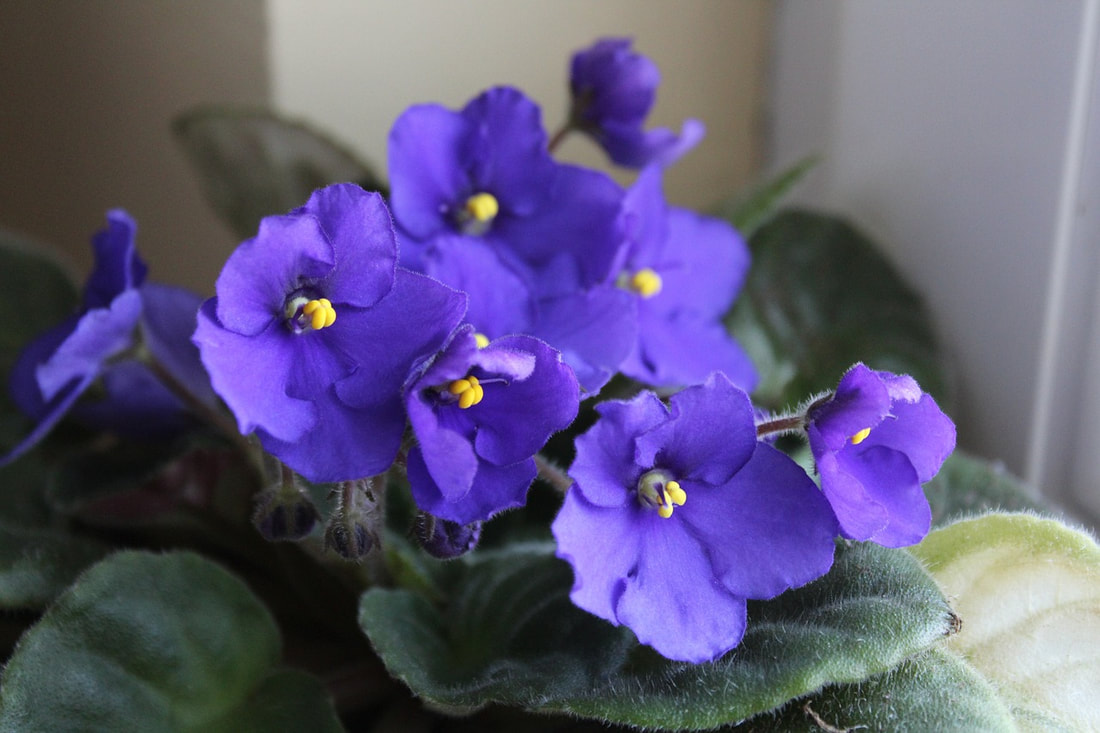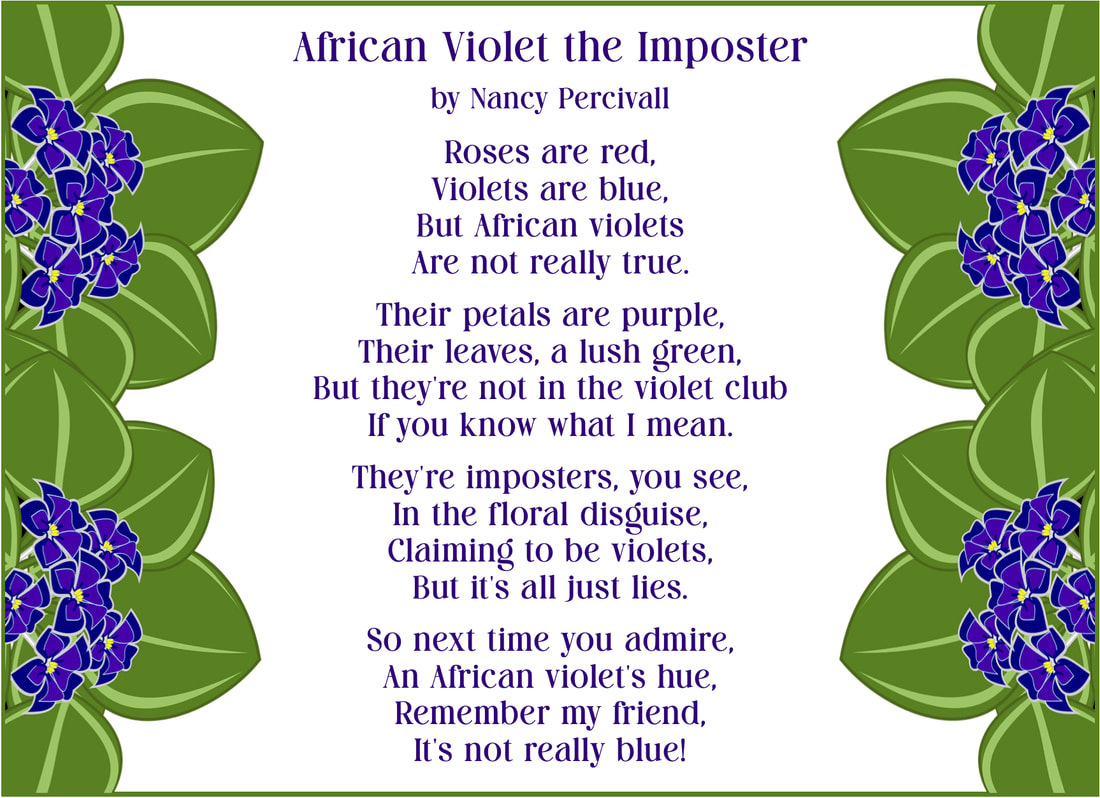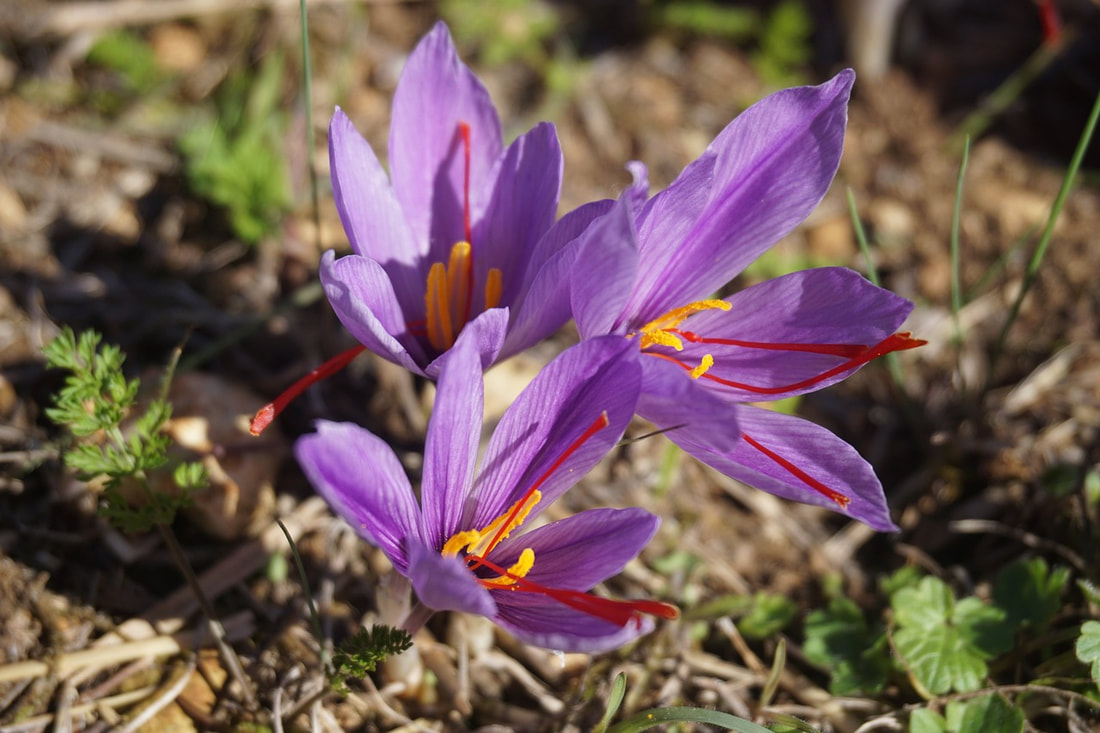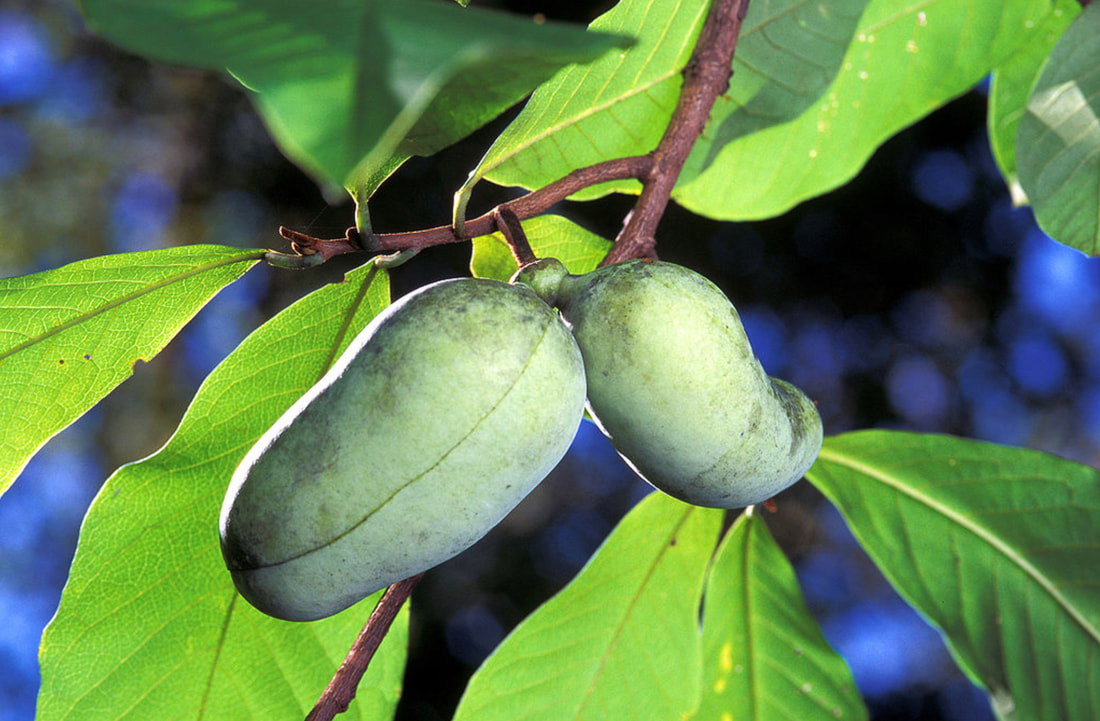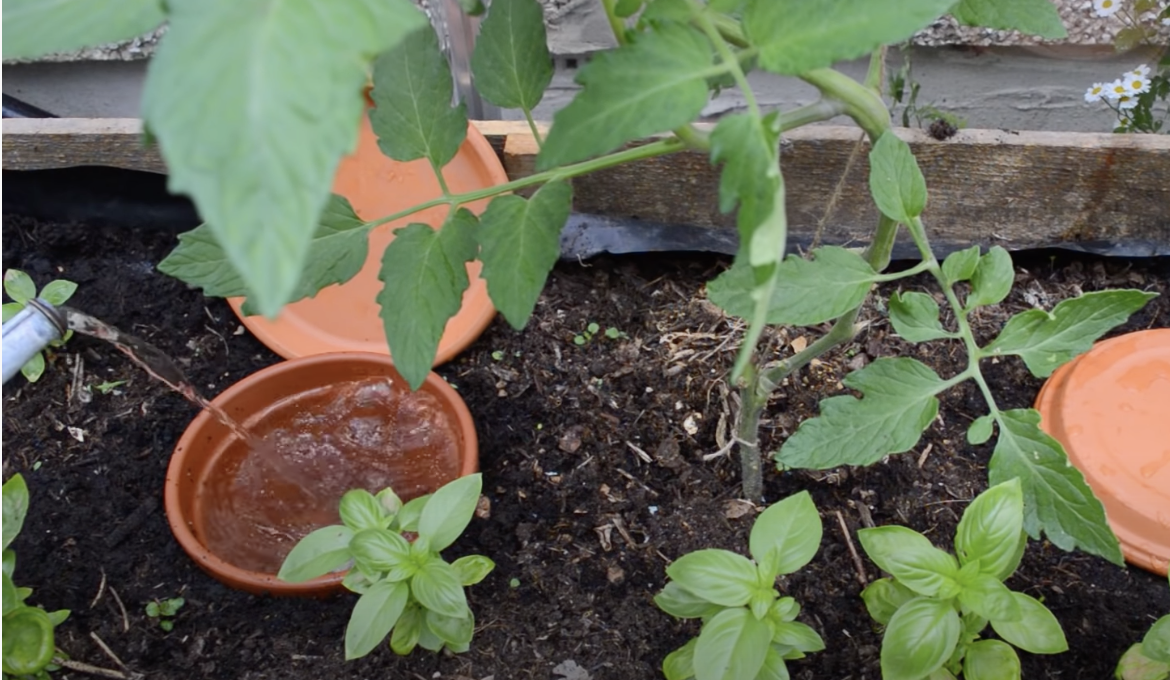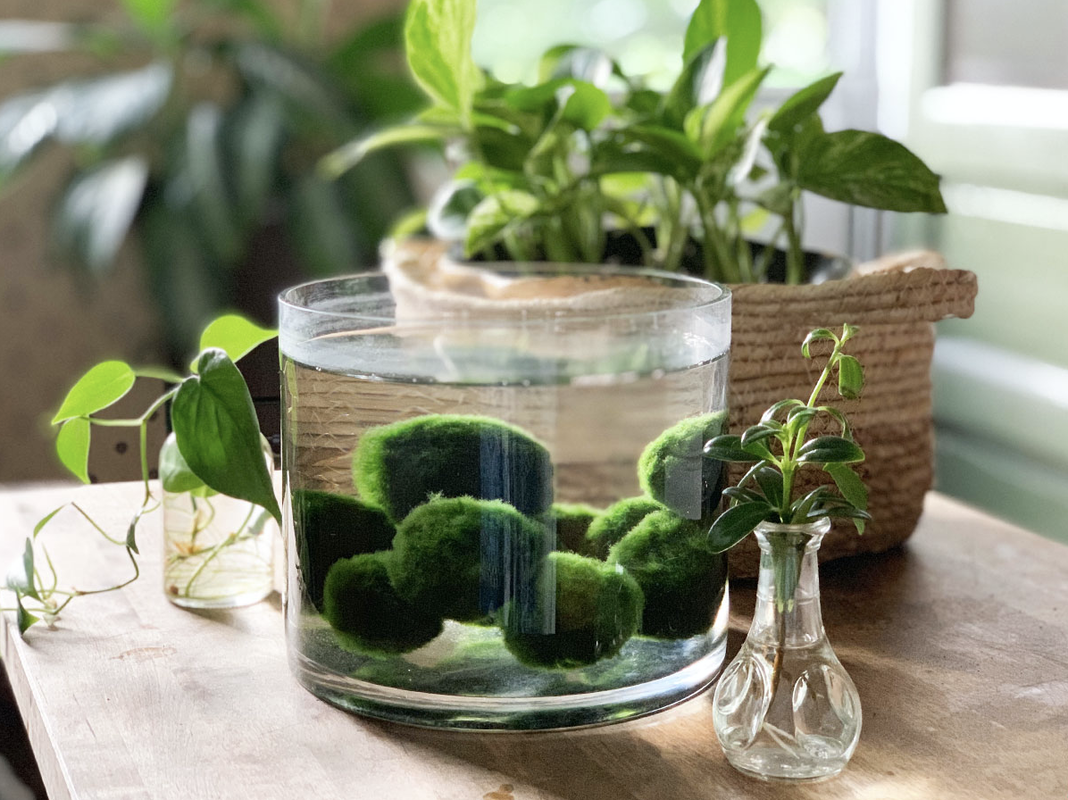|
Horticulture Chair Nancy Percivall shared little-known facts about African violets.
Horticulture Chair Nancy Percivall shared a spicy autumn-blooming beauty with us – the Saffron crocus.
This unique crocus blooms in the fall. Its fragrant lavender blooms add beauty to the fall landscape. But what makes them really pop is the brilliant red stamens used to make the world's most expensive spice – saffron. This plant likes to live in zones 3-8, in well-draining soil, with full sun. Plant the corms “pointy side” up, two inches apart and four inches deep, allowing six weeks to bloom. It takes several years for the plants to produce a good crop of saffron, which is harvested from the red stamins and dried out for a few weeks before use. Once dried and stored, the saffron is good for approximately two years before losing potency. Saffron crocus corms are different than bulbs, and fakes can be identified by soaking them in water or dissecting them to determine the density of the corm (which should not look like a typical bulb). Horticulture Chair Nancy Percivall introduced us to the pawpaw tree, Asimina triloba. The pawpaw is a deciduous tree native to North America and produces large yellowish-green to brown fruit. The fruit is fragrant and has a distinctly bright, tropical flavor somewhat similar to banana, mango, and pineapple. Nancy made shortbread cookies with a pawpaw fruit filling for members to taste the fruit.
The pawpaw is a patch-forming (clonal) understory tree of hardwood forests, which is found in well-drained, deep, fertile bottomland and also hilly upland habitat. It has large, simple leaves with drip tips, more characteristic of plants in tropical rainforests. A few fun facts: the pawpaw is the only plant on which the larvae of the zebra swallowtail butterfies will feed and if you tear the leaf, it smells like motor oil. Horticulture Chair Nancy Percivall gave an informative presentation on Ollas: Self-Watering Systems for Plants. An Olla is an unglazed porous clay pot used for irrigation. The pot is buried in the ground and filled with water to supply water to surrounding plants. The roots will grow towards and around the pot. The process works by soil moisture retention – when the soil is dry, water is pulled out and when the soil is moist, water remains in the Olla.
For more information on how to create an Olla, click the button below to read a blog post from Tanya Anderson of Lovely Greens. The Aegagropila linnaei, otherwise known as the Marimo moss ball, is a species of filamentous green algae that is known for its unique shape and velvety smooth complexion. Marimo moss balls grow by absorbing nitrates, phosphates, and other organic waste from the water. As they grow, they purify the water they live in and provide oxygen for animals that live with them. Horticulture Chair Nancy Percivall shares the history and fun facts on this interesting species.
HISTORY & FUN FACTS:
|
CATEGORIES
All
|
Photos from Landscape Design Advisor, Sharon Mollerus, Puddin Tain, Donnaphoto
